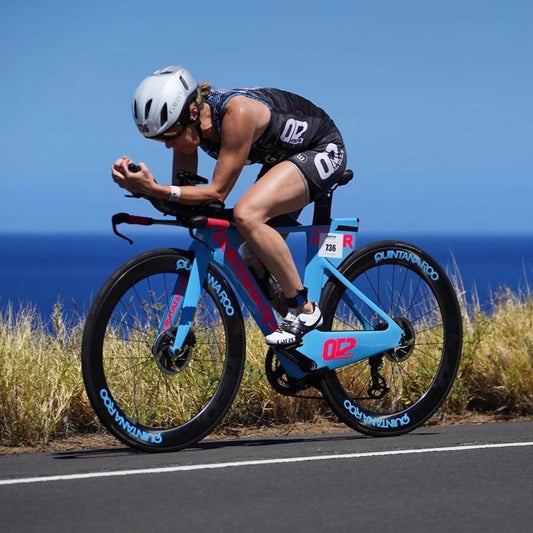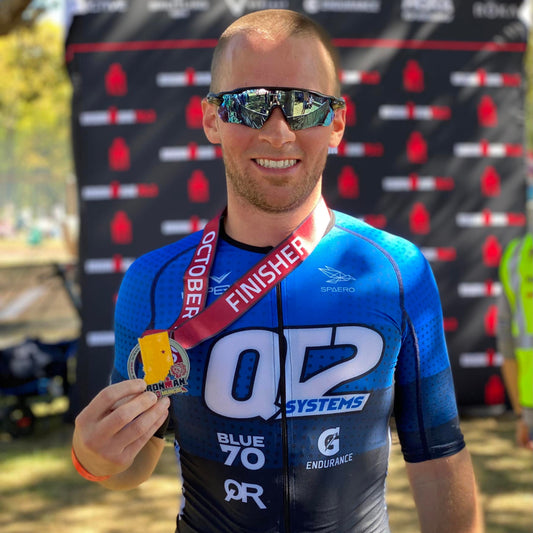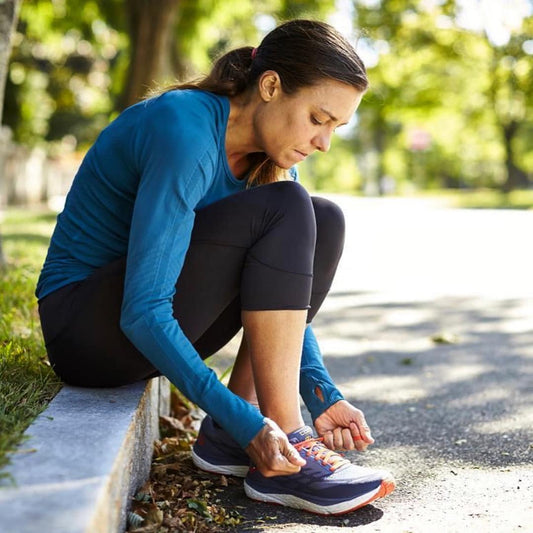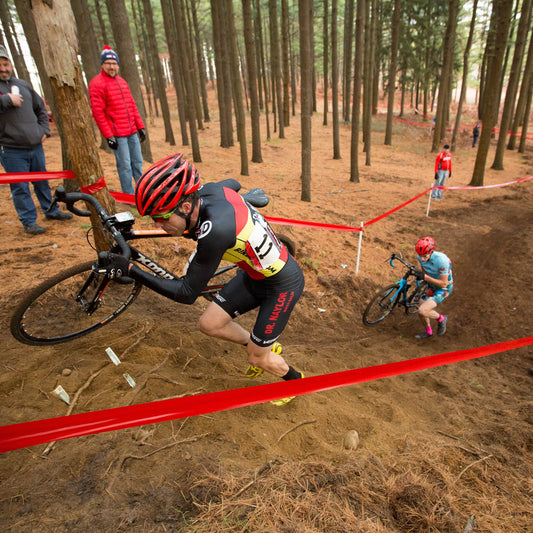Unless you live somewhere such as Florida or Texas, most triathletes need a bit of heat acclimatization from time to time. This is especially important if you live someplace cold and are going into an early season half or full Ironman in a warm climate.
Heat training relates to the techniques directed to improve performance in warm climates, while heat acclimation is the process by which an athlete becomes accustomed to increased heat over a 4 to 14-day period. Putting these two things together, and you get acclimatization. Acclimatization, is the entire spectrum of heat training, including the initial acclimation period through the time frame, leading to race day.
BUT, HOW DO YOU GET THERE?
Approximately, two to three weeks out from the race an athlete will slowly start working on acclimation. The following is a sample, as to how to introduce this, if you already live in a warm-ish place, but need to race somewhere even hotter, than where you live.
Days 1-3: Training sessions should be low intensity but not in the hottest part of the day.
Days 4-6: Add in a high intensity session in the early morning when it is cooler. The second workout of the day should be low intensity, but in the hotter part of the day.
Days 7-10: The first workout of the day can be moved to the hotter part of the day and can have intensity. The second workout, done in the evening, when cooler, should be low intensity.
Days 11-14: This will be part of taper and one workout of low intensity in the morning every other day.
If you live someplace cold and cannot get outdoors for heat training, you can use the above timeline, but instead of going outside during the warmer parts of the day, you can use multiple clothing layers during your acclimation sessions. You can also add in the use of a hot sauna. The sauna session should be used pre or post acclimation session but kept close to the workout. Finally, you can also put a space heater next to your trainer or treadmill as well as turn your household heat up a bit, during those acclimation sessions.
The physiological benefits to heat training include:
- Increase in plasma volume. This leads to a greater retention of water and sodium in the blood. This increases total blood volume, which allows for more efficient cooling.
- Enhanced circulation of blood to skeletal muscle, in order to dissipate heat. This gives the athlete greater stability of blood pressure during exercise.
- The athlete will achieve an earlier threshold for the onset of sweating and more effective distribution of sweat over the surface of the skin.
Finally, it is RACE DAY! Do not let your hard work go to waste during your race!
Be sure to employ some of the following cooling strategies on race day.
- First, mentally prepare yourself for the heat. In the days leading into your race, while engaging in your race visualizations, throw some visualizations in about how it feels when the sun is beating on your face, head, body. Imagine how uncomfortable that may feel, but how you will overcome it.
- During the race, be sure to keep your internal temperature as cool as you can, for as long as you can.
- Your power/pace may be a bit lower/slower for a higher heart rate on hotter days, so know this going in.
- Be sure you are staying very well hydrated. You will need to drink a bit more on a hot day vs a cool day.
- Be sure you have applied and reapply sunscreen. Getting a sunburn can be very dehydrating.
- Keep your head and torso wet on the bike. When you go through the aid stations, grab fresh water to squirt off your head, chest and back.
- On the run, again, use the water to wet your head, back and chest. (Try NOT to dump it into your shoes!)
- Use the wet sponges to put under your hat, in your shirt or just hold them in your hands. Use the ice on the run course to put in your top, pants and hat.
- Use cooling sleeves on the bike/run as well as the use of a “chilly tog” towel. This is a towel that stays wet/cool for up to four hours. You can wet and re-wet it at the aid stations and drape it around the back of your neck.
- Finally, be stronger than the heat. Most of it is just mental uncomfortableness. YOU are STONGER! Don’t let it beat you!
This post was written by Coach, Jackie Miller.





